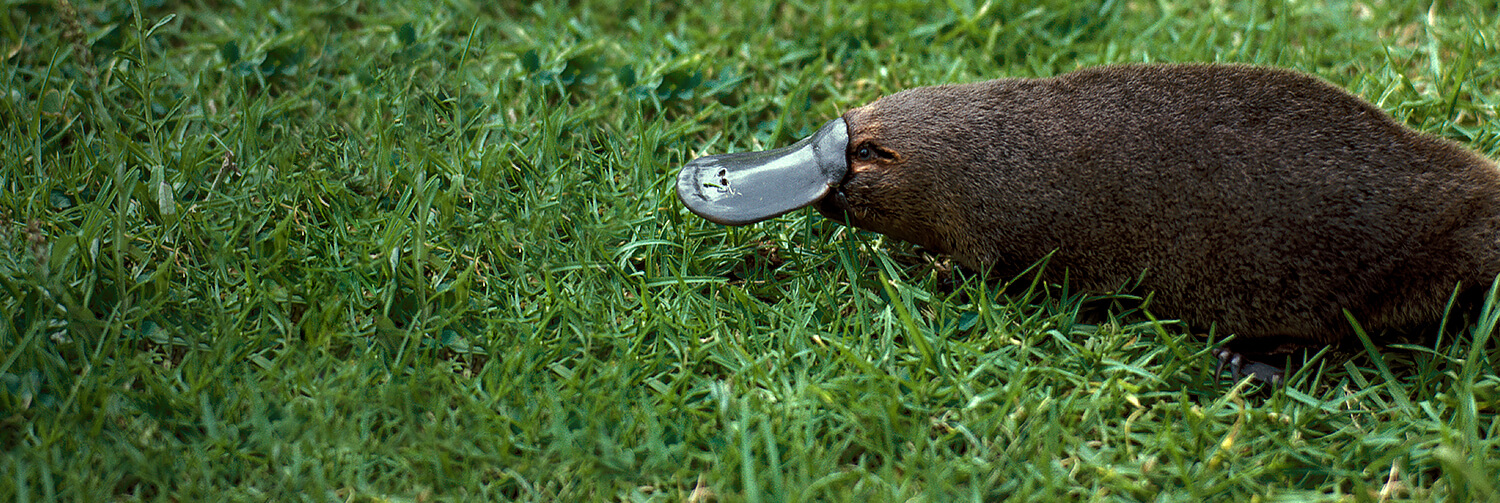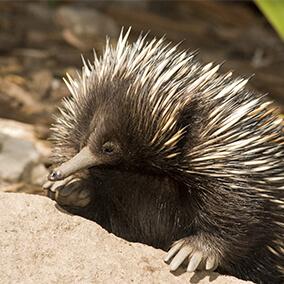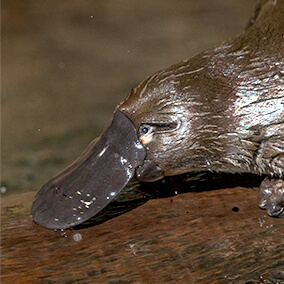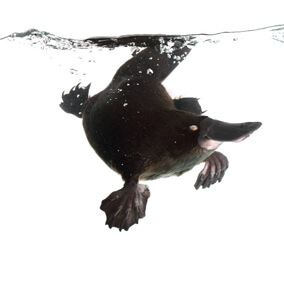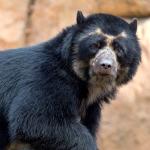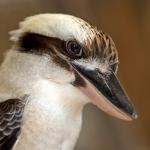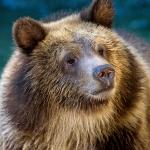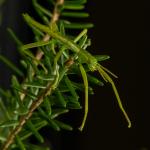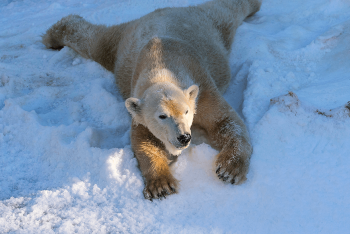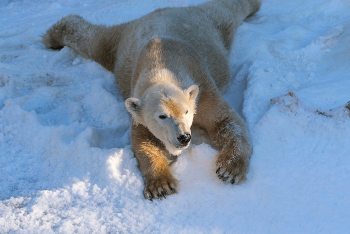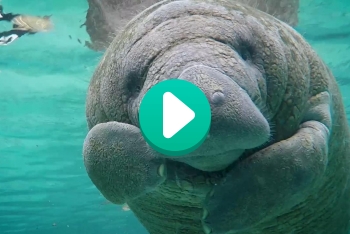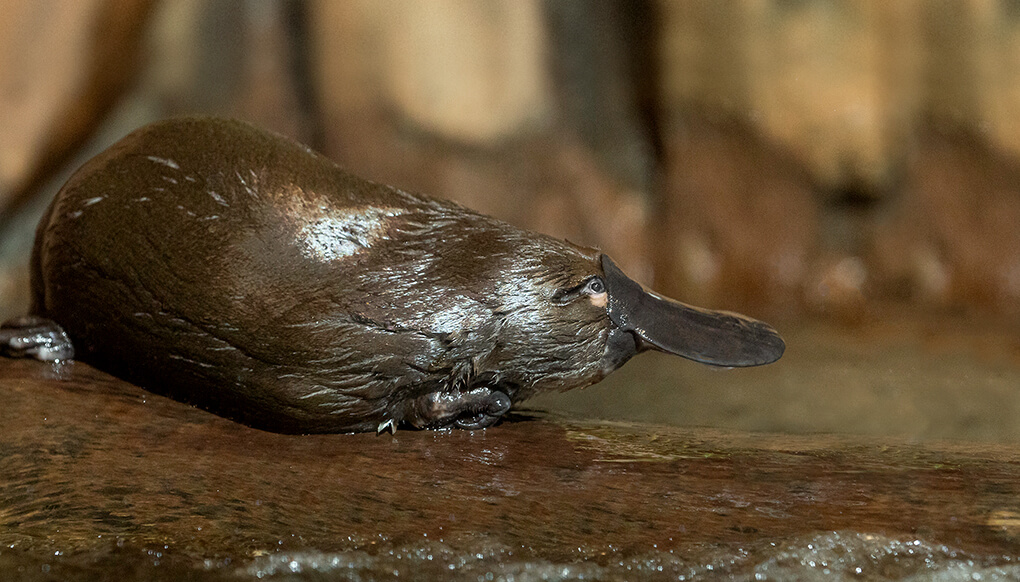
Platypus

Mammals


Stable
facts

Platypuses are big eaters, but their prey are small. They eat mostly insect larvae and crustaceans like crayfish. Sometimes, they eat worms, clams, aquatic snails, and tadpoles.

description
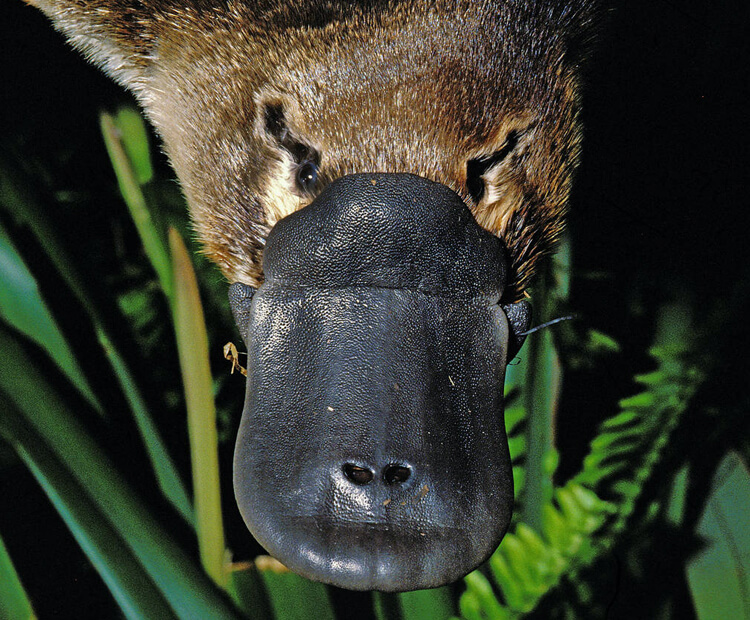
Filling the bill
A platypus is the only mammal with a bill. The dark gray skin on the bill is hairless and moist. Grooves along the sides of a platypus’s bill help it filter food from the water. A platypus grinds its food with tough pads in its bill; it has no teeth. A platypus spends 10 to 12 hours each day looking for food underwater.
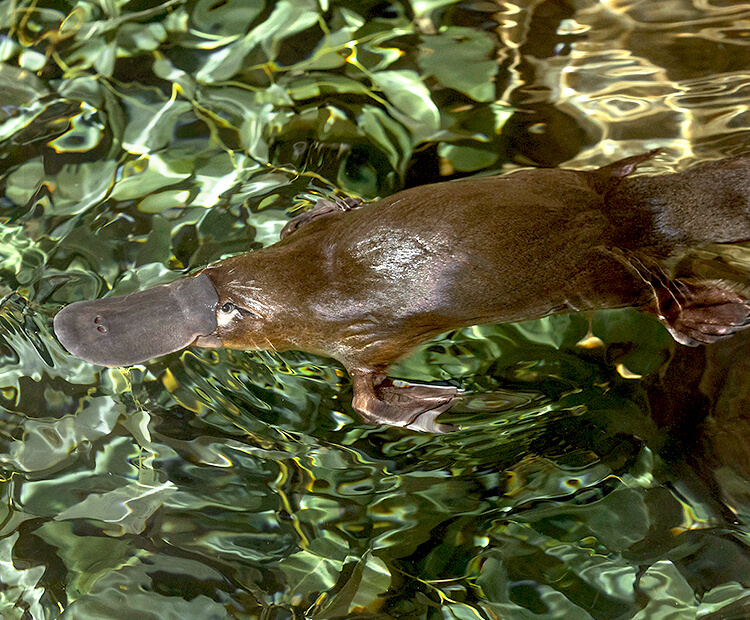
It's electric!
Did you know that animals produce electric fields? Probably not, because the electrical fields an animal makes are too weak for us to feel. Platypuses are much better at detecting electricity than we are. Sense organs on a platypus’s bill detect even weak electrical fields—and help a platypus find its food.
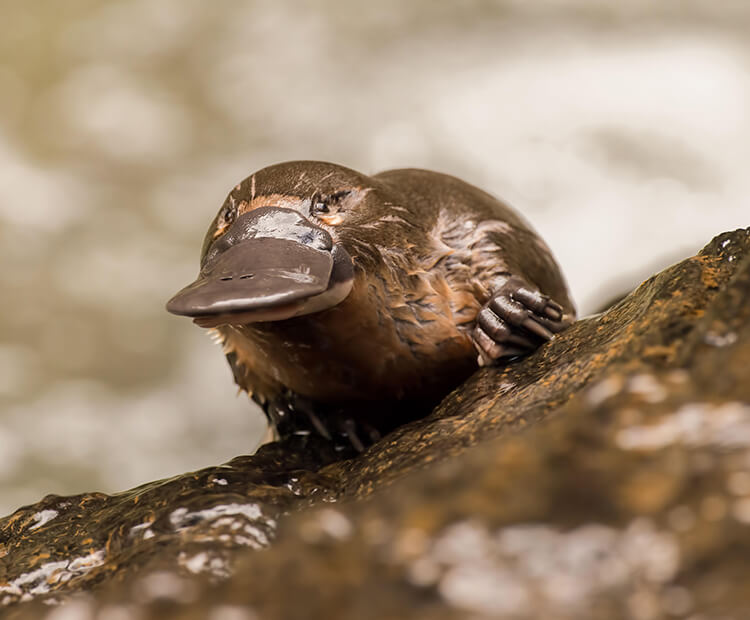
Venomous males
Adult male platypuses have a venom gland in each thigh. The venom gland is connected to a small spur on its hind leg—think of a platypus’s spur as a tiny horn, about as long as your fingernail. Only males platypuses produce venom, and only during breeding season. As they fight for a chance to mate with a female, both males try to drive their sharp spurs into each other. The venom doesn’t kill a rival; it just slows him down for a while.
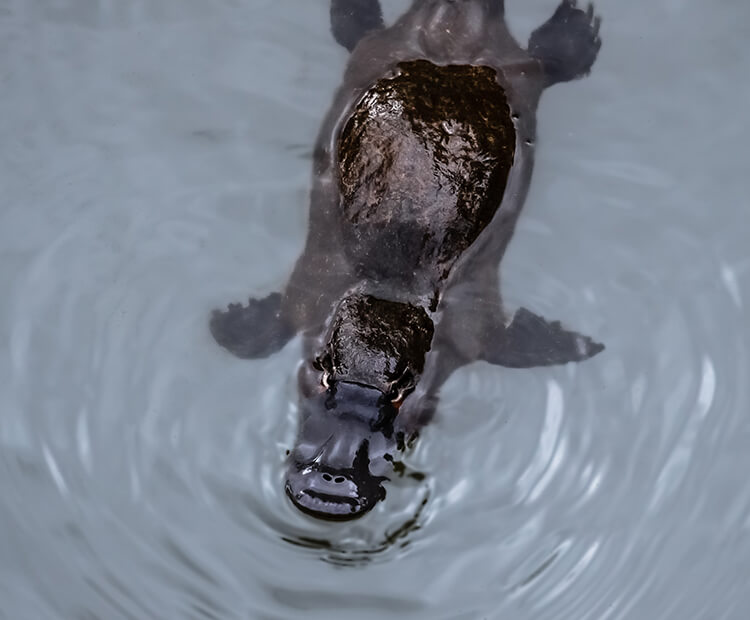
Night and day
Platypuses are active at night, when they are busy finding food in the water. During the daytime, a platypus hides in its burrow in an earthen stream bank. Inside a platypus burrow, tunnels lead to oval-shaped chambers.
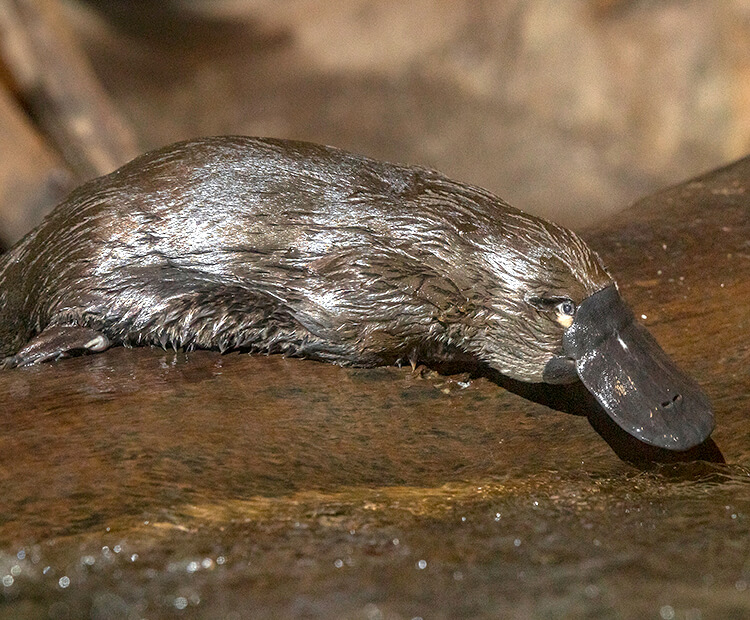
At home with mom
A mother platypus lays one or two eggs and keeps them warm inside her nursery burrow. She curls up and nestles an egg between her body and her tail. About 10 days later, the baby platypus hatches. It is very tiny, naked, and blind—kind of like a gummy bear! Baby platypuses stay in nursery burrow for the first three or four months. Like other young mammals, they drink their mothers’ milk.

